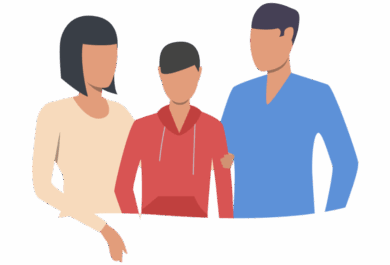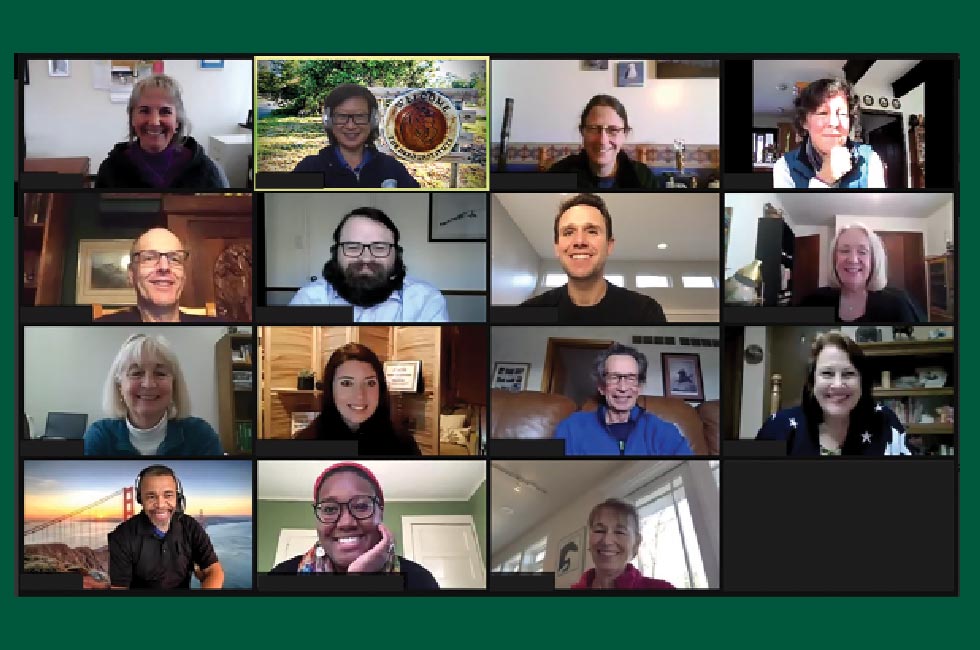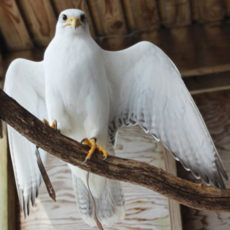Announcements


Over 14 months ago, as Coronavirus mitigation efforts began, Green Chimneys knew it would be vital to keep connected with those we serve. Administration moved quickly to launch online programs and services as safety protocols rolled out. Still, essential workers ensured the care of students living in the dorms and animals on our farm, as school instruction and full residential operations continued. In July, when day students returned for in-person classes, we knew that our students would also resume interacting with animals and spending time outdoors with their classmates – quintessential Green Chimneys experiences at the core of their education and therapy.
Managing these shifts continues to require planning and coordination across the organization and through it all, The Sam and Myra Ross Institute at Green Chimneys has maintained connections with the greater Human-Animal Interaction (HAI) community. Typically reliant on in-person conferences and peer organizations visiting the Brewster campus, The Institute continues to share best practices and be a part of key conversations as the HAI community grapples with the challenges before it.
We asked Michael Kaufmann, Director of the Farm & Wildlife Center and The Sam and Myra Ross Institute, to share his personal reflections on the past year.
MK: ZOOM has become the great connector. A sharp learning curve but we discovered how effective it can be for training and working groups in HAI. In the last few months, we have built real working relationships with new colleagues and the meetings feel as real as being physically in the same place. With this technology, one can reach more people, too, in different places clear across the world, at the same time. The concept of sitting in Brewster, NY, and speaking with five groups of 25 teachers, sitting in rooms all over Bangladesh in real time is amazing.
It’s interactive and these sessions feel very real and connected, not remote at all. Another big benefit: technology is allowing Green Chimneys’ story to reach more people – to connect with audiences who could never afford to come to campus or to places where we may never be able to travel. Online connections are really an equalizer in sharing our nature-based approach to therapeutic education.
MK: The most pressing issue for practitioners in human-animal interaction is sustainability of programs. Financial survival, retention of volunteers who have drifted away due to COVID-19, networks that have broken down, and human services settings that have had to shut down or alter their activity offerings for clients have an effect on that. Like professionals in most industries, those in HAI are worried about how long it will be before we resume work as we once did.
Self-care is another important topic. We discuss collective trauma, as well as how much pressure we’re under as individuals. Both can really impact the work, especially during the pandemic when nothing is really “normal” right now. Self-awareness and giving ample space to process one’s own feelings is a challenge, especially since many are primed to “tough it out.” In the HAI community, where many professionals are helping others with complex needs, it can be difficult for professionals to admit their own feelings of anxiousness, sadness, or dysregulation. Many conversations have led us to highlight the importance of self-care and to hold one another accountable to make time to unplug, breathe, rest, take a walk in nature, do something that brings joy. By taking better care of ourselves, we’re in a better position to carry out our work.
MK: Throughout the pandemic, the seasons still came and went and the animals continued to need care. Our daily routine stayed the same and even with masks and social distancing, there was consistency on the farm. Restaurants were closed, social gatherings were limited, pretty much everything felt different but not in the barn. Among the animals, there is calm, peace, and a sense of normalcy. The students we serve often rely on structure like this, and we learned that our staff do, too.
Dedicated to education and research on the human connection to animals and the natural world, The Sam and Myra Ross Institute at Green Chimneys serves as a model for aspects of human-animal and nature-based interactions, grounded in evidence-based practices for implementing diverse and ethically responsible educational and therapeutic interventions and activities. Learn more about The Sam and Myra Ross Institute or explore research and recent findings

Crowned the best for falconry in medieval times, gyrfalcons were once reserved for kings. As the largest falcon in the world, with exquisite plumage ranging from bright white to deep charcoal, gyrs are revered for their powerful skill of flight. Their long wings make hunting waterfowl from 3,000-feet-high a feasible and fantastical feat. This falcon was flown in the sport of falconry for several years.